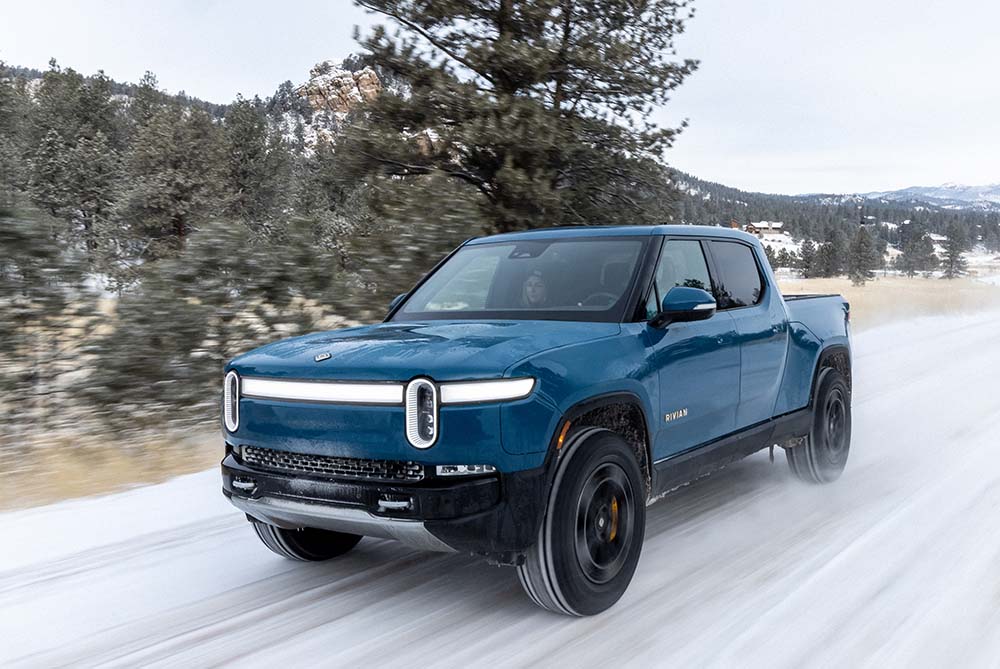George Boulton
July 9, 2024

George Boulton
July 9, 2024

The F-150 features a sculpted hood, active grille shutters and an underbody shield
Its design includes a sculpted hood, active grille shutters and an underbody shield.
However, the automotive landscape is rapidly changing, and even these iconic workhorses are undergoing a transformation.
Pickup trucks are evolving beyond their traditional role as rugged workhorses. Today, fuel efficiency and stylish design are equally important considerations.
Gone are the days when a pickup’s sole purpose was hauling heavy loads. Modern trucks must balance practicality with style and efficiency.

There’s a misconception that the science is all about building slippery shapes – but the reality is rather different: lowing a vehicle’s drag depends on creating low pressure, encouraging air to speed up where you want it to, not where you don’t.
Every aspiring aerodynamicist is given two examples in Aero 101: the raindrop and the boxfish, nature’s most efficient aerodynamic shapes.
The later, a slab-fronted cube of a Pisces with a large cross-section, tapering away at the rear is the inspiration for modern pickup theory.
It gives designers carte blanche to design with large hoods and bulky wheel-wells – proving they can encourage airflow to accelerate around the truck body and suck the pickup into the space created ahead.
Take, for example, the latest Ford F-150. Its design includes a sculpted hood, active grille shutters and an underbody shield – all aimed at encouraging airflow and reducing drag.
Similarly, the Chevrolet Silverado incorporates a rear integrated spoiler to manage airflow more efficiently, merging utility with sophisticated design.
Electric pickups, like the Rivian R1T, push aerodynamic design even further.
Rivian’s lines and flush door handles are designed to make the shell smooth.

Rivian’s lines and flush door handles are designed to prevent the interruption of flow.
But from the point of view of perception, suggest to a buying public now familiar with aerodynamic shapes, that this is an efficient design, where efficiency and attractiveness have become interchangeable terms.
It’s interesting that the R1T retains a classic pickup silhouette informed by the internal combustion engine, gearbox and driveshaft it doesn’t possess. Will future electric pickups be as conservative, or will aerodynamic requirements and an adventurous customer base lead to wholesale change?